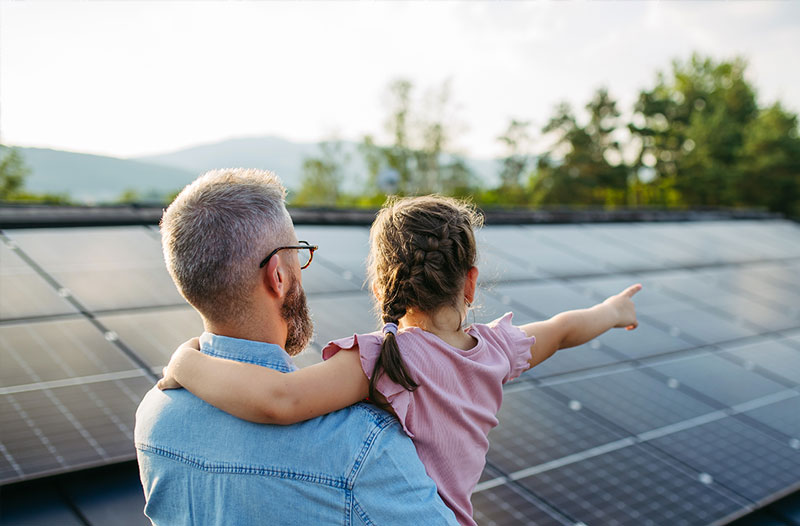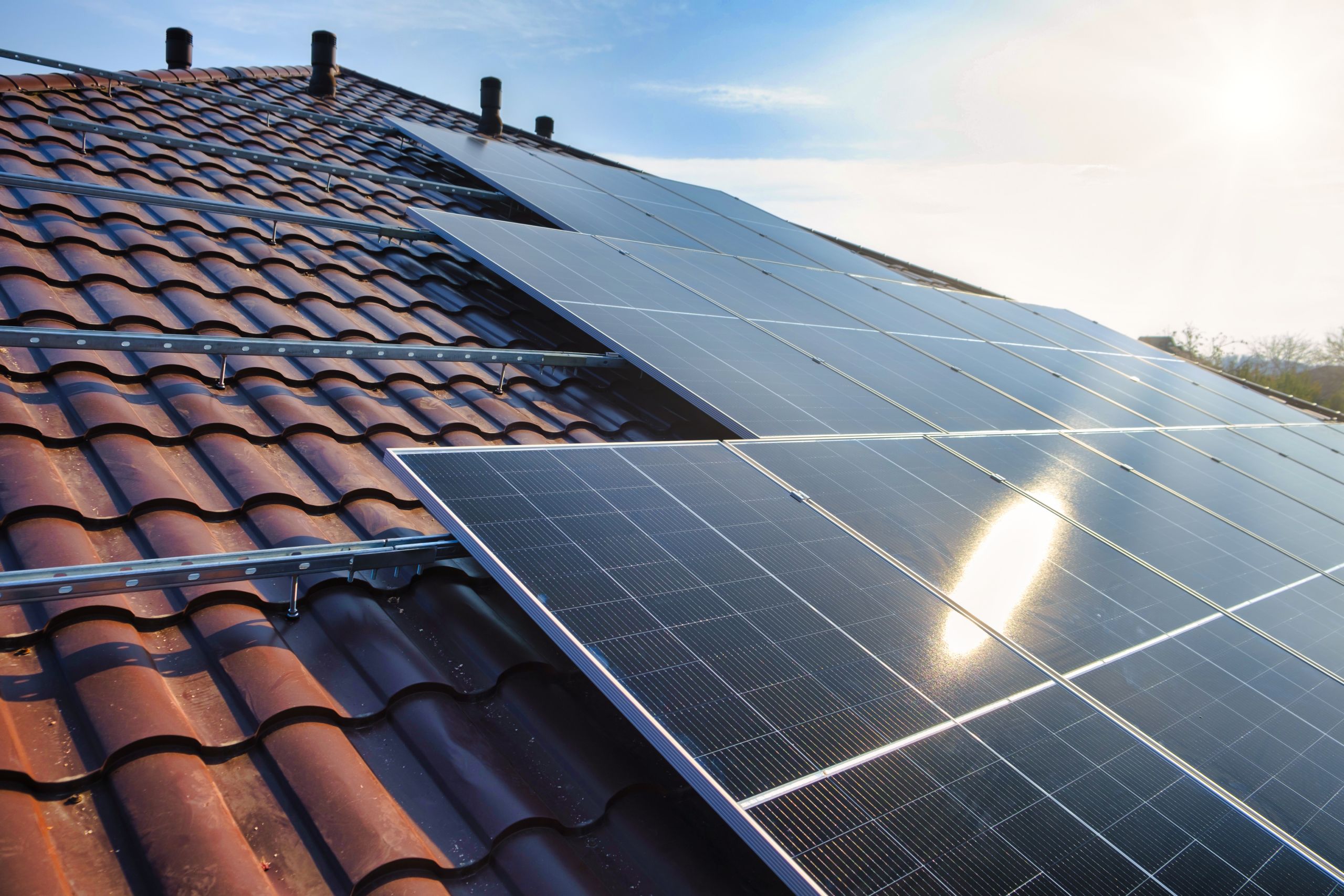How your solar system actually saves you money in WA
Going solar is a smart move — especially in sun-drenched Western Australia. But many people still ask:
- “How much will I save on my power bill?”
- “What’s a feed-in tariff?”
- “When will my solar system pay for itself?”
Let’s break it all down in simple terms so you can see how solar pays off — now and long-term.
💡 How solar saves you money
Your solar system saves you money in two main ways:
- Using your own solar power instead of buying from the grid
– This is called self-consumption and it gives you the biggest savings.
– In WA, grid power can cost 30–35¢ per kWh — so every unit of solar power you use at home is money in your pocket. - Exporting extra power back to the grid
– When you produce more than you use, it goes back to the grid and you earn a feed-in tariff.
– In WA (2025), this rate is between 2.25¢ and 10¢ per kWh, depending on time of day.
👉 Bottom line: You save most when you use your own solar power, not when you export it.
📉 What will my power bill look like after solar?
It depends on:
- The size of your solar system
- Your energy usage habits
- Whether you have a battery
- How much power you use during the day
But here’s a simple example:
A Perth household with a 6.6kW solar system can cut their power bill by 50–80%, depending on how much of their solar they use themselves.
Got a battery? You could reduce your bill even more, especially if you’re using solar into the evening.
🔄 What’s a feed-in tariff (FiT)?
The feed-in tariff is the small payment you get from your energy retailer when your system exports solar power to the grid.
In WA, it’s called the DEBS (Distributed Energy Buyback Scheme) and currently pays:
| Time of Day | Feed-in Tariff Rate (2025) |
|---|---|
| Peak (3pm–9pm) | Up to 10¢ per kWh |
| Off-Peak (9pm–3pm) | Around 2.25¢ per kWh |
So while it’s nice to get something for your exported power, it’s not where the real savings come from. Using your solar at home is always more valuable.
⏳ When will my solar system pay for itself?
This is called your payback period, and in WA, it’s usually:
- 3–5 years for most homes with a quality 6.6kW system
- Shorter if your power usage is high or you’re home during the day
- Longer if you use little energy or mostly at night (unless you have a battery)
After that, it’s pure savings for the next 20+ years.
🧠 How to maximise your solar savings
- Run your appliances (dishwasher, washing machine, pool pump) during the day
- Consider a battery if you use power at night
- Check your energy plan – some retailers offer better FiTs or smarter time-of-use pricing
- Use solar monitoring apps to see when and how you’re using power
☀️ Solar makes more sense than ever in WA
With rising power prices, low feed-in tariffs, and more people working from home, using your own solar is the smartest way to save.
At Solar You, we make sure your system is sized, positioned, and designed to deliver real, long-term savings — not just tick boxes on a quote.
👉 Let’s chat about your savings potential — we’ll give you a simple, honest breakdown.


